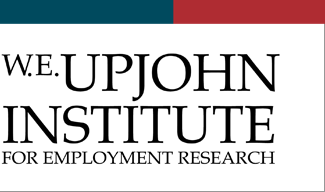How Pay Information Impacts Job Search
Grant Type
Early Career Research Award
Description
Most American job ads have no information on pay. Batra, Michad and Mongey (2024) show that only 13.5% of US online job postings contain any pay information, and the majority of those postings contain a range rather than a point wage. Recent laws in Colorado, California, New York and Washington mandate including pay ranges in job postings, in an effort to increase pay transparency and reduce inequality. Arnold, Quach and Taska (2023) find that in the months after Colorado passed this law, the fraction of ads with pay information increased by 30% and posted wages increased by 3.6%.
In this project we will study how pay transparency in job ads affects equilibrium wages and wage inequality. The equilibrium effects of pay transparency policies are more complex than the observed change in posted wages for several reasons. Firstly, the policies may change where realized pay falls within posted ranges. Moreover, the match between workers and jobs may also change, as the additional information informs job-seekers’ choices of where to apply and which offers to accept. Finally, increased information may affect incumbent workers’ pay demands–potentially leading to higher wages for incumbent workers or firms deliberately suppressing wages for new employees via the mechanism documented by Cullen and Pakzad-Hurson (2023).
To answer our question, we will model how job-seekers with imperfect information about pay search for jobs and bargain over salaries. We will estimate this model with survey data on worker beliefs in the absence of wage information, supplemented by data on job postings collected by Lightcast.
Get in Touch With The Expert
Want to arrange to discuss this work with the author(s)? Contact our .

